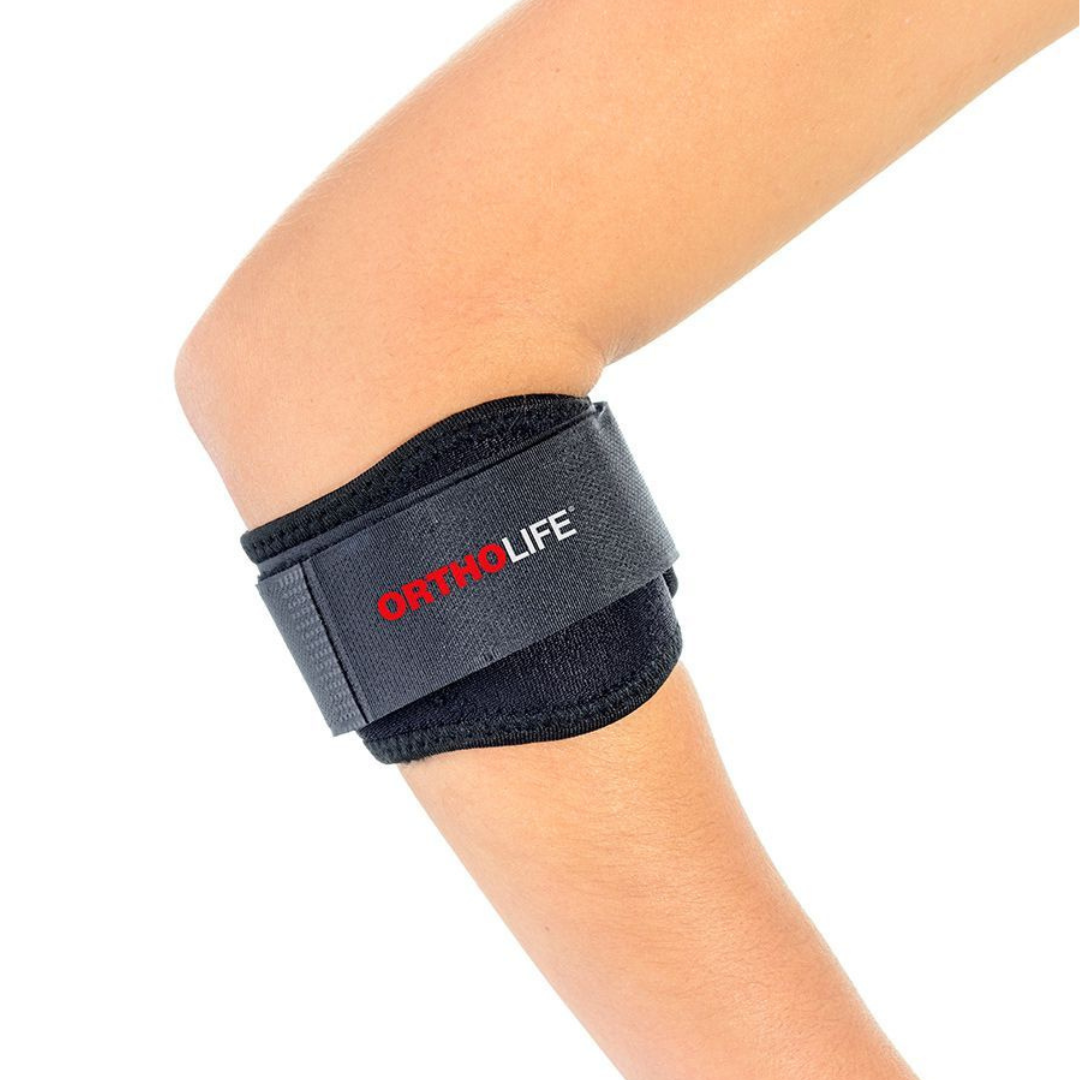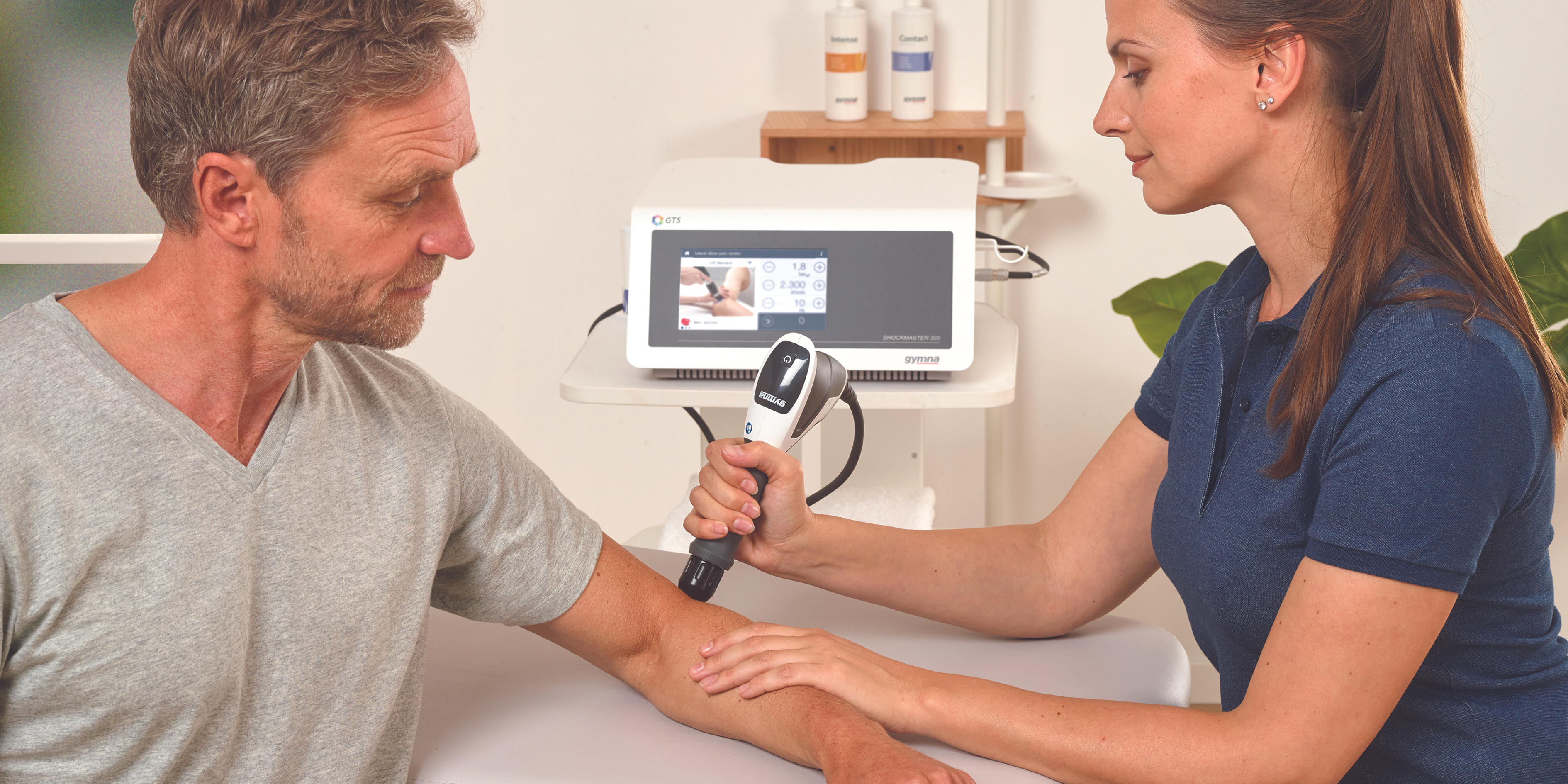Tennis Elbow
Understanding Tennis Elbow: Causes, Symptoms and Effective Treatments
What is Tennis Elbow?
Tennis elbow, or lateral epicondylitis, is a painful condition that occurs when the tendons in your elbow are overloaded, typically by repetitive motions of the wrist and arm. Despite its name, tennis elbow can affect anyone who engages in activities that require repetitive arm movements. This condition is characterised by pain and tenderness on the outer part of the elbow, which can sometimes radiate down the forearm and into the wrist.
What Causes Tennis Elbow?
Tennis elbow is caused by overuse and muscle strain injury. The repetitive motions and stress on the forearm muscles and tendons can cause microscopic tears in the tissue, leading to pain and inflammation. Common activities that can lead to tennis elbow include:
- Sports: Not just tennis, but any sports involving racquets, bats or clubs such as cricket, golf, baseball or hockey can cause tennis elbow. Even weightlifting in the gym or doing a bit of work in the backyard with a shovel or whipper snipper can cause acute inflammation in the tendons of the forearm.
- Occupations: Jobs that involve repetitive arm and wrist movements, such as picking and packing orders in a warehouse, pushing or pulling trolleys or trades such as carpentry, painting, plumbing and cooking.
- Hobbies: Activities like gardening, knitting, and playing certain musical instruments.


How to Treat Tennis Elbow?
Physiotherapy: A Key Component of Recovery
Physiotherapy is highly effective in treating tennis elbow. A tailored physiotherapy program can help alleviate pain, reduce inflammation, and restore function through:
- Exercise Therapy: Strengthening and stretching exercises to improve flexibility and strengthen the forearm muscles.
- Manual Therapy: Techniques such as joint mobilization and soft tissue massage to enhance mobility and reduce pain.
- Activity Modification: Guidance on modifying activities to avoid further strain on the elbow.
Shockwave Therapy: Innovative Pain Relief
Shockwave therapy is a non-invasive treatment that uses high-energy sound waves to stimulate healing in the affected area. This therapy can break down scar tissue, increase blood flow, and promote the regeneration of tendons, providing significant pain relief and improving function in those with tennis elbow. Combining Shockwave Therapy with traditional Physiotherapy has been found to lead to superior results in pain reduction, improved maximal grip strength, overall upper limb function and return to work performance than physio or rest alone (Yang, et al. 2017).
Additional Treatment Options
Acupuncture & Dry Needling
Acupuncture and dry needling involve inserting thin needles into specific points in the muscles to relieve pain, reduce inflammation, and improve blood flow. These treatments can help alleviate the symptoms of tennis elbow by targeting the affected muscles and tendons directly.
Instrument Assisted Soft Tissue Mobilization (IASTM)
IASTM uses specialized tools to apply pressure to the affected area, helping to break down scar tissue and fascia restrictions. This technique can improve mobility and reduce pain associated with tennis elbow.
Cupping Therapy
Cupping therapy involves placing cups on the skin to create suction. This suction increases blood flow, reduces muscle tension, and promotes healing. Cupping can be particularly effective in reducing the muscle tightness and inflammation associated with tennis elbow.
Bracing and Taping
Using a brace or taping can provide immediate relief and support for individuals suffering from tennis elbow. Elbow braces, particularly counterforce braces, and taping techniques are designed to reduce strain on the tendons by distributing pressure more evenly across the forearm. This can help to reduce pain, support daily activities and enhance healing.
Self-Care and Home Remedies
In addition to professional treatments, several self-care measures can help manage tennis elbow:
- Rest: Allowing the affected arm to rest can prevent further strain and promote healing.
- Ice: Applying ice packs to the elbow for 15-20 minutes several times a day can reduce pain and inflammation.
- Over-the-counter Pain Relievers: Medications such as ibuprofen or aspirin can help alleviate pain and reduce inflammation.

Conclusion
Tennis elbow is a common but treatable condition that can significantly impact daily activities. At Activate Physiotherapy, our experienced team is dedicated to providing comprehensive care through physiotherapy, shockwave therapy, and other innovative treatments. If you are experiencing symptoms of tennis elbow, contact us today to schedule a consultation and start your journey towards recovery.
If you’re suffering from elbow or forearm pain or suspect you have tennis elbow, book online today to schedule a consultation and take the first step toward pain-free living.
How to Make an Appointment
Making an appointment to see one of our Physiotherapists is as easy as booking online for your nearest Brisbane based Activate Physiotherapy clinic in Stafford or Tingalpa.
